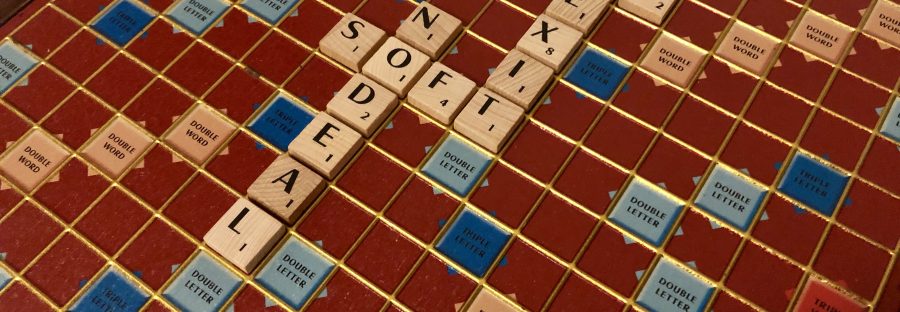After Theresa May’s Brexit deal was rejected, what deals are still on the table?
- Theresa May's Brexit deal was rejected in the Houses of Parliament by a landslide vote of 230 votes
- This vote means uncertainty for the future of Brexit as negotiations are coming to a close
- What vote, if any could the UK secure before the 29th March
On Tuesday 15th January, Theresa May submitted her Brexit Deal proposal to MPs in the House of Commons. This bill was expected to be rejected by MPs but not by the landslide vote of 432 votes to 202. The poor result of her Brexit deal led the leader of the opposition, Jeremy Corbyn to call a vote of no confidence in a bid to remove the PM and her Government from power. This vote turned out better for the PM, winning by 19 votes to remain in the driving seat of Brexit negotiations, but with no deal decided on and time running out, what are the possibilites the UK faces when leaving the EU on the 29th March?
No Deal
First off, no deal. After May’s Brexit deal was rejected in Parliament and time is running out to negotiate a deal with the EU, the propect of a no deal Brexit looms despite more than 200 MPs writing to the PM asking her to rule out a no deal Brexit. No deal would mean the UK would immediately exit the EU on 29th March with no transition period to arrange trade deals with the EU.
A no deal Brexit could lead to lengthy queues and traffic jams around the country’s main port in Dover due to more security checks which could disrupt travel and transport. Trade will certainly be effected in a no deal scenario as there will be no compromises made on the single market and customs union, meaning the UK will no longer see the benefits of these.
No deal would also affect Brits travelling abroad as they may need special permits that allow them to drive in the EU and it could cost more to use your mobile phone abroad. Despite MPs voicing their opinion over no deal, Mrs May refuses to rule out a no deal Brexit as she believes ‘no deal is better than a bad deal’.
“The government must remove clearly once and for all the catastrophe of a no-deal exit from the European Union and all the chaos that would result from that,” – Jeremy Corbyn.
Hard Brexit
In the event of a hard Brexit, the UK would have to leave the single market and the customs union. This would mean trading with European countries would become more expensive and they would have to look to others, like the USA and China, as possible trade partners.
The single market outlines that EU countries can trade with each other with no added tarrifs or restrictions. The customs union is also agreed between members of the EU where they agree to charge the same import duties to allow free trade to prosper.
When May says she wants to deliver a Brexit that allows us to regain control of our borders, our money and our law, this is the type of Brexit she means. The UK would no longer have to oblige to free movement of people in the EU and wouldn’t be bound by the laws made by the EU. However the concerns behind a hard brexit are that it would cause huge disruption to UK businesses when we leave the EU due to different trading rules.
Soft Brexit
A soft Brexit would mean that despite leaving the EU, the UK would still remain in a close relationship to the EU in terms of trade. Similar to the deal Norway has with the EU, the UK could become a member of the European Economic Area.
This would mean the UK would still be able to benefit from the customs union and single market but would still have to pay a contribution to the EU budget and would be goverend by EU laws.
In the event of a soft Brexit the UK would most likely have to keep free movement of people, allowing people from EU countries to reside in the UK. Although is would be a potentially smoother exit out of the EU with less disruption to businesses, the UK wouldn’t have a say in any laws or tarrifs made by the EU but would still be bound by them.


